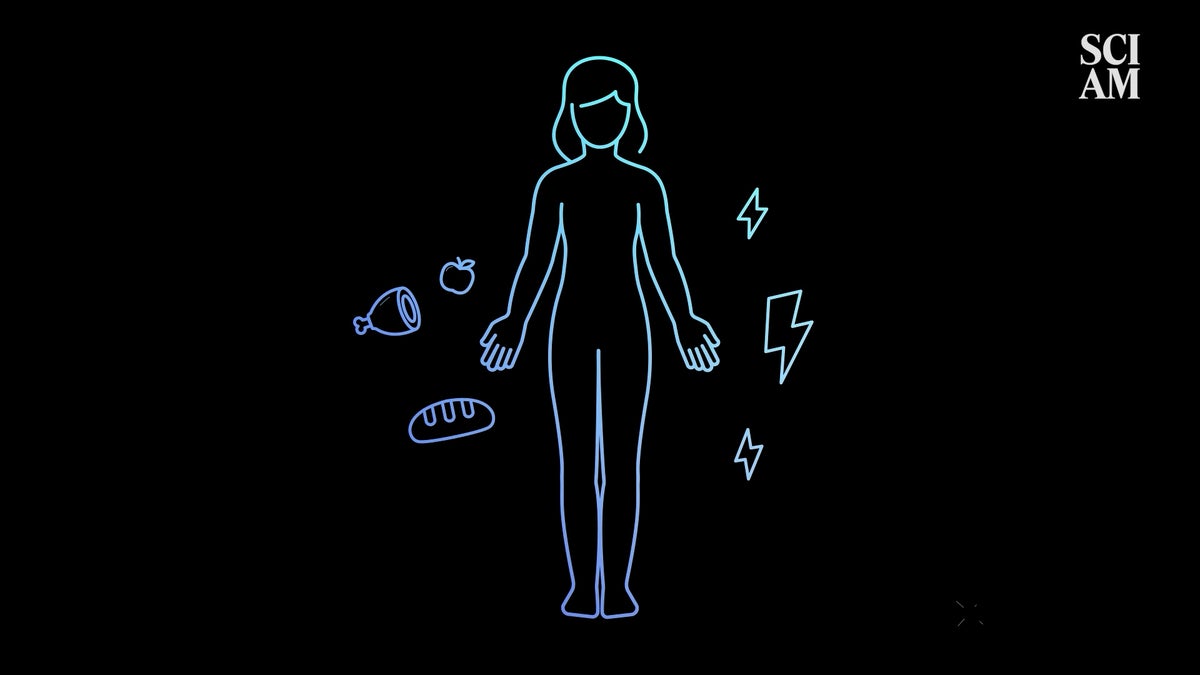
"And based on our body's needs, the liver will convert that glycogen back into glucose, so that it can travel through the blood and get to our cells, which turn that glucose into energy. Meanwhile our pancreas produces a hormone called insulin, whose job is to go into the blood and tell our cells to take in that glucose."
"When the pancreas stops producing insulin, glucose doesn't enter our cells. Instead it accumulates in the bloodstream. In some people, the pancreas stops making insulin altogether. This condition is known as Type 1 Diabetes. Type 1 Diabetes is sometimes called juvenile diabetes because it often makes its appearance in childhood or adolescence. While the exact cause is mysterious, we know the disease happens because immune cells target and attack insulin-producing cells in the pancreas called beta cells."
Glucose from food is stored in the liver as glycogen and converted back into glucose according to the body's needs so cells can use it for energy. The pancreas produces insulin, which signals cells to take in glucose and regulates blood sugar levels to prevent high or low extremes. If the pancreas stops producing insulin, glucose accumulates in the bloodstream instead of entering cells. In some people the pancreas ceases insulin production entirely, a condition called Type 1 Diabetes. Type 1 Diabetes often appears in childhood or adolescence and arises when immune cells target and destroy insulin-producing beta cells, producing symptoms such as fatigue, weakness, and frequent urination and causing the body to draw water from other areas, such as the skin and eyes.
Read at www.scientificamerican.com
Unable to calculate read time
Collection
[
|
...
]